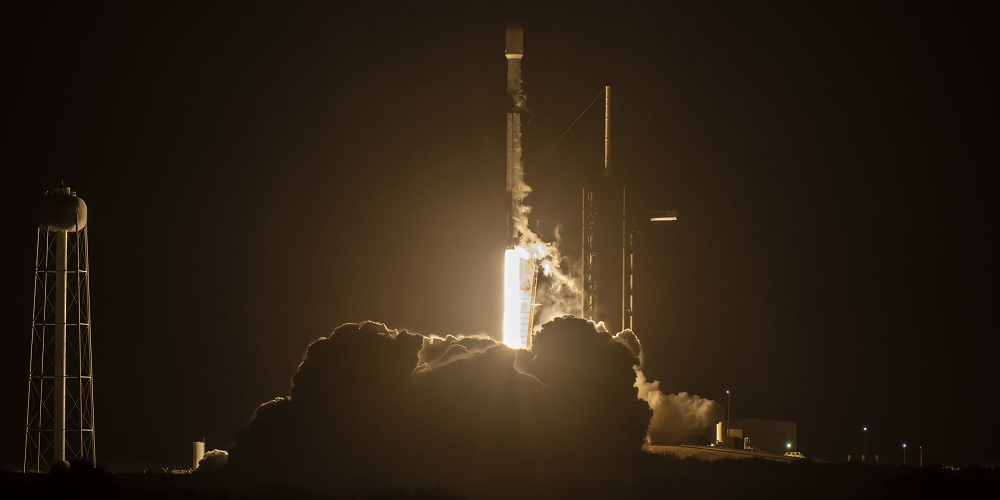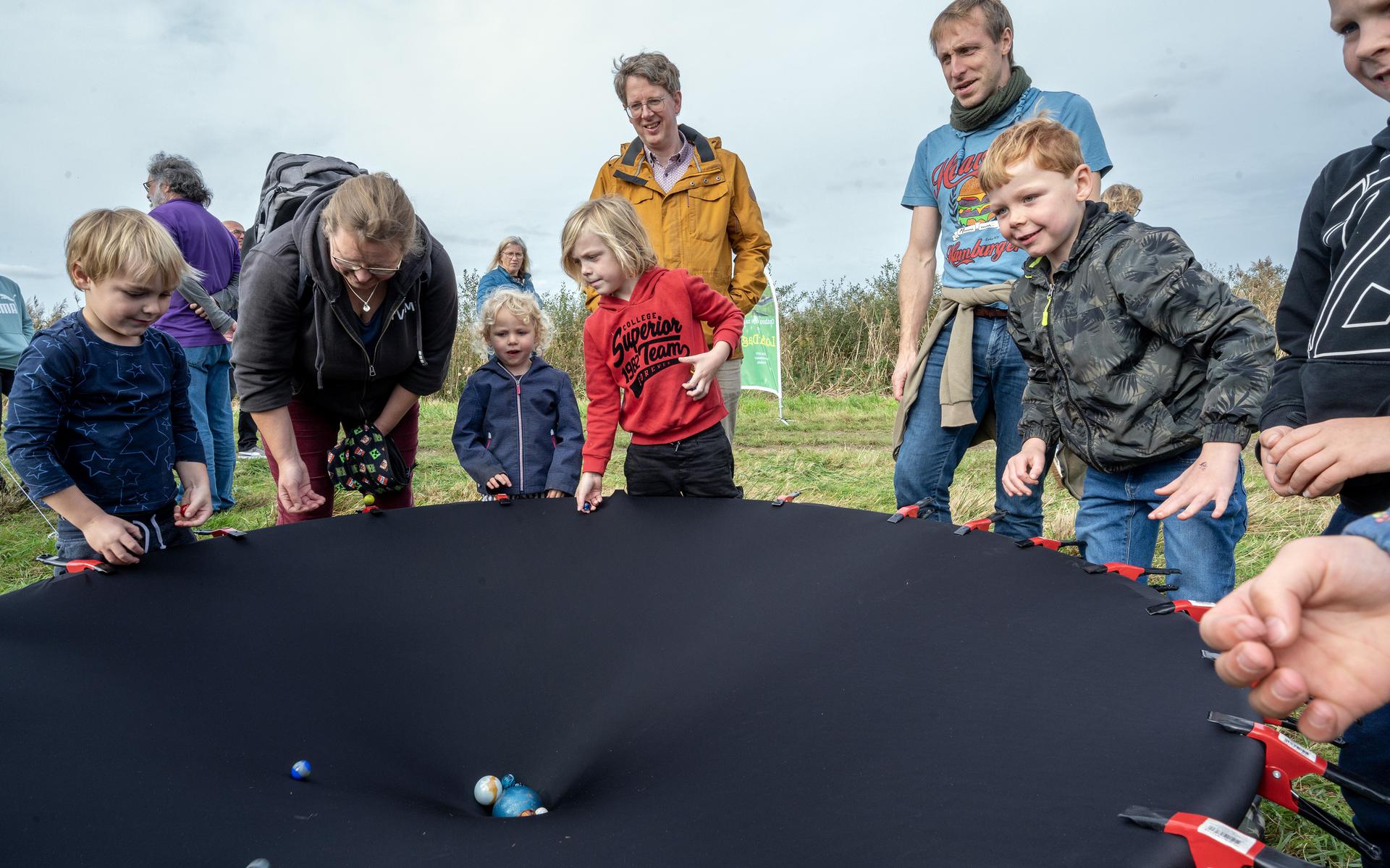What does the universe look like, what are radio waves, and how does the Lofar radio telescope work? During Science Weekend, the public received answers to these questions.
“Do you hear that? When I move the ball, the sound gets louder or lower. Tamu Jan Dykema, a scientific software engineer at the Astron Radio Astronomy Institute in Dwingelo, waves a tennis ball on a string above his head. He stands firmly on his yellow-red clogs in the grass.
The annoying whistle coming from the ball, at a frequency of 3000 Hz, sounds higher and then lowers again. He looks questioningly at a boy of about 11 years old. “Do you hear her?” “Yes!” The boy shouts excitedly. “This is called the Doppler effect,” Dykema explains. “You also hear it when the car is passing quickly. When Max Verstappen is in the car you hear a different sound than when he is racing.” Suddenly the kids listening seemed to understand him much better.
Lofar
The Dykema show is part of the fifth LofarDag, which is being organized this year during the National Science Weekend. This Sunday, the site of the LOFAR radio telescope between Buinen and Exloo is one of the top tourist attractions in Drenthe during the science weekend.
The telescope consists of a total of 20,000 antennas spread across Europe. The area between Buinen and Exloo has the largest number of antennas, several thousand. They pick up radio waves from space, which scientists at Astron in Dwingelo use for scientific research. For example, research is conducted on exoplanets, which are planets outside our galaxy.
LofarDag mainly targets parents with children. There are guided tours of the antennas and everywhere on the site children can perform science experiments: imitate black holes with marbles and trampolines, observe animals in nature and learn how to record lightning.
“Technology is not scary”
The organization is in the hands of the LofarTafel Foundation, which provides guided tours in the area. The foundation works with Astron and Drents Landschap on Sunday. Every day, LofarTafel wants to introduce people to a special telescope in the area. “The antennas here are the heart of the whole thing,” says board member Martha Boettenkamp. “But if you wander around here, you won’t understand anything. There is already a high-quality science project here.”
Astron also wants to share its telescope with the outside world. “We think it’s important to show people in the area, who have their telescope in their backyard, so to speak, what we’re actually doing here,” says spokesman Frank Nuygens. “In addition, this project was funded by taxpayer dollars.”
In addition, Astron also wants to introduce future generations to science and technology. “We want to show that science and technology are not scary. It is something you can do at all levels, from intermediate vocational education to university level.
Judging by the crowd, it looks like LofarDag was a success. “We are very satisfied,” Bütenkamp says with a smile. “Last year we had about 800 visitors, and I think we are approaching a thousand today.”

“Thinker. Coffeeaholic. Award-winning gamer. Web trailblazer. Pop culture scholar. Beer guru. Food specialist.”






More Stories
These NASA shuttles, rockets and rovers are made of Lego bricks
What science says: comprehensiveness
Also for phones 7 years old